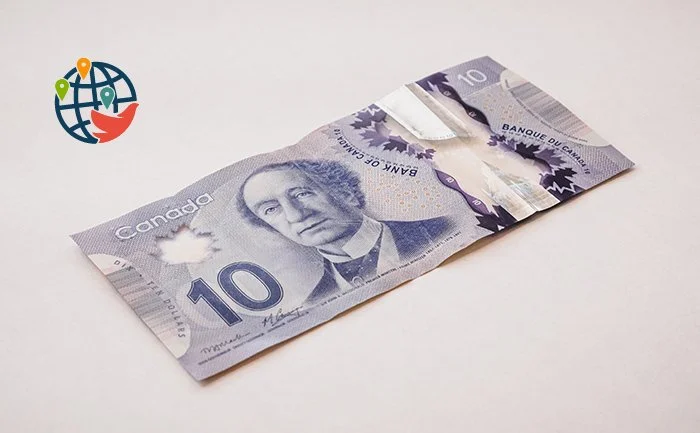Canadian dollar shows growth

What has led to the rise of the "loonie," and what might it lead to?
The Canadian dollar rose against the U.S. dollar as gains in stock markets offset disappointing domestic retail sales data.
"Loonie" grew by 0.1%, and now one U.S. dollar is worth CAD 1.3540, or for one Canadian dollar they give 73.86 U.S. cents. Recall that on May 31, the Canadian dollar reached its lowest level, and USD 1 was equal to CAD 1.3603.
Economists attribute the rise in the Canadian dollar to higher oil prices as well as improved market sentiment and equities.
The main Wall Street indices rose, while the price of oil, which is one of Canada's main export commodities, recovered part of its fall. US crude oil futures, on the other hand, fell 0.9% to USD 78.99 per barrel.
Also this small, but still growth of the Canadian currency was facilitated by the decline of the US dollar. The U.S. dollar declined against a basket of currencies, and bond yields fell after the data on the approaching stagnation of business activity in the U.S. appeared.
Retail sales in Canada rose 0.1% in June from the previous month, mostly driven by auto sales, indicating weak consumer spending. This may convince the Bank of Canada that there is no need for another interest rate hike.
Markets estimate the probability of a rate hike by the Canadian central bank at its next meeting on September 6 at 19%, up from 27% previously.
Canadian government bond yields fell sharply across the curve, following the move in U.S. Treasuries. Ten-year bonds fell 16.9 basis points to 3.646%.

















